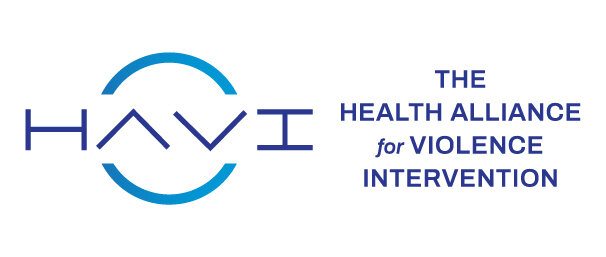This technical package represents a select group of strategies based on the best available evidence to help communities and states sharpen their focus on prevention activities with the greatest potential to prevent youth violence and its consequences.
Read MoreThe authors address violent injury as a reccurrent problem and highlight the teachable moment that occurs after a violent injury.
Read MoreHVIPs combine brief in-hospital intervention with intensive community-based case management and provide targeted services to high-risk populations to reduce risk factors for reinjury and retaliation while cultivating protective factors.
Read MoreThe goal was to assess the impact of a mentor-implemented, violence prevention intervention in reducing aggression, fighting, and reinjury among assault-injured youths.
Read MoreTo investigate criminal and high-risk lifestyle factors that predict emergency department (ED) recidivism, a longitudinal (8-year) cohort study of ED trauma patients was conducted.
Read MoreOur Violence Intervention Program (VIP) conducted a prospective randomized control study to evaluate the effectiveness of intervention for repeat victims of violence.
Read MoreThe authors have observed two groups of assault-related injured patients at the District of Columbia General Hospital Level I urban trauma center to determine the magnitude of this phenomenon in the patient population, to examine the characteristics of such a group of patients, and to identify the risk factors that predispose to repeated assault-related injuries.
Read MoreUrban trauma, often presumed to be an acute episodic event, may actually be a chronic recurrent disease related to the lifestyle, environment, and other factors of its victims.
Read More